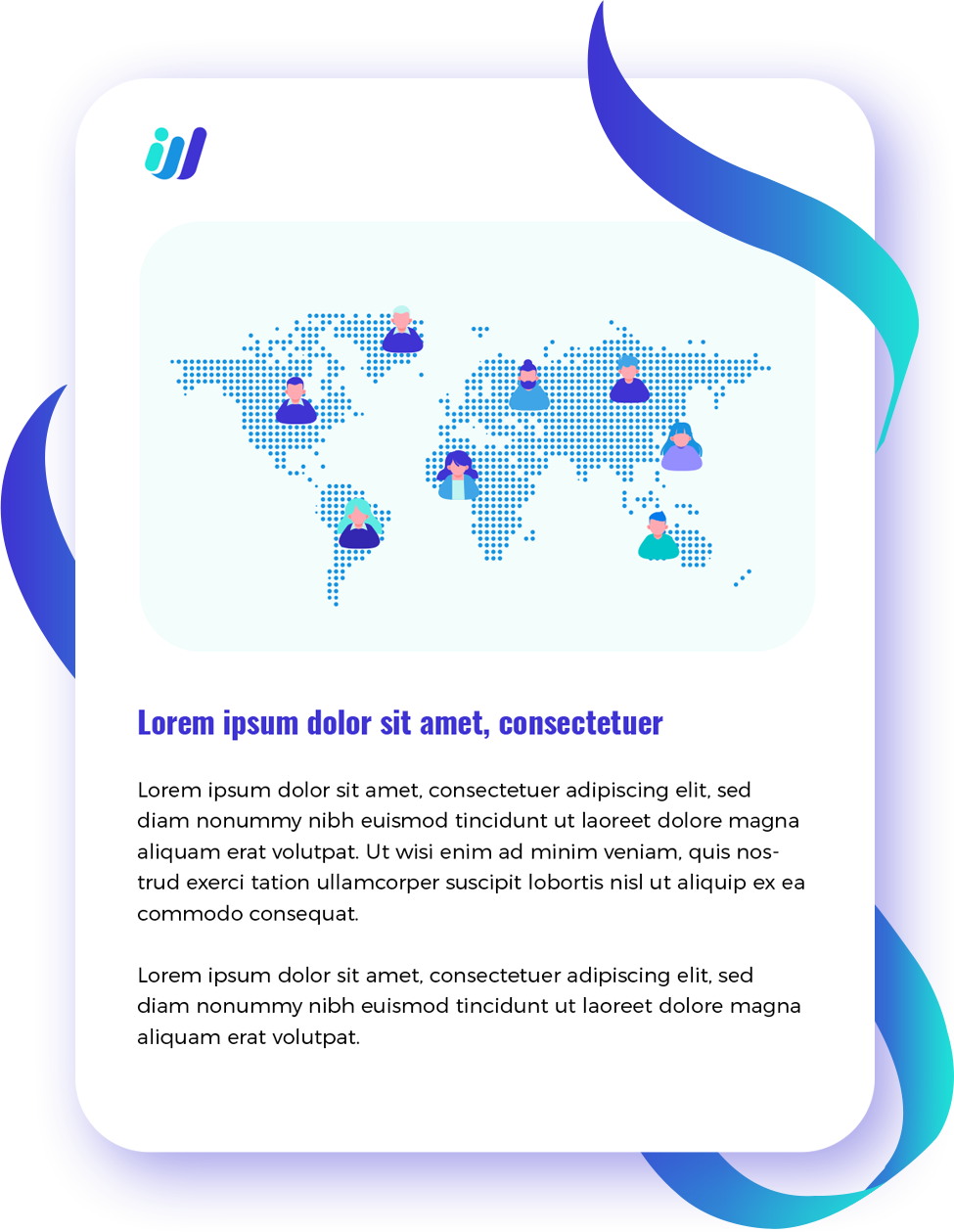The Evolution of Outsourcing and the Rise of the Third Wave
Outsourcing has come a long way. What began as a simple cost-saving tactic in the 1980s—think payroll, data entry, and other back-office tasks—has evolved into something much more strategic and transformative. Over the decades, the outsourcing model has progressed through multiple “waves,” each shaped by the changing needs of business and the emergence of new technologies.
Today, we’re deep into what’s known as the Third Wave of Outsourcing — a fundamentally different approach that isn’t just about saving money. It’s about creating long-term business value, accelerating innovation, and gaining a competitive edge in an increasingly digital world. But despite how far the industry has come, outsourcing still carries baggage—myths and misconceptions that date back to earlier generations of the model. These outdated ideas can hold businesses back from fully leveraging the benefits of modern outsourcing partnerships.
Let’s take a moment to unpack those misconceptions and explore what Third Wave Outsourcing really looks like today.
What Makes the Third Wave Different?
If the first wave of outsourcing was about trimming costs, and the second was about offloading entire departments for strategic efficiency, the Third Wave is about deep integration. It’s about outsourcing as a growth engine—not a budget hack.
Here’s what defines Third Wave Outsourcing:
- Integrated, not fragmented: It’s not about handing off a task—it’s about rethinking and rebuilding entire processes in collaboration with outsourcing partners.
- Outcome-driven: Success isn’t measured just by savings anymore, but by KPIs like customer satisfaction, faster product launches, and innovation.
- Tech-powered: Advanced tools—cloud platforms, automation, AI, data analytics—are no longer optional. They’re central to how outsourcing works.
- Agile and adaptive: Shorter, more flexible contracts are the norm, and vendors are expected to pivot quickly as business needs change.
- Focused on value: It’s not just about getting things done; it’s about delivering tangible business value—strategically, not just operationally.
Myth-Busting: What Outsourcing Is Not
Let’s walk through some of the biggest myths surrounding outsourcing—and what the reality looks like in today’s business landscape.
Myth 1: Outsourcing Means Losing Control
Reality: With the right partner, you actually gain more control—not less. Today’s outsourcing providers offer real-time dashboards and collaborative tools that keep you plugged into performance 24/7. You don’t just outsource a process; you co-manage it.
Myth 2: The Quality Will Suffer
Reality: Top outsourcing firms specialize in what they do, often with global teams trained in niche disciplines that would be hard (and expensive) to build in-house.
Myth 3: Time Zones and Communication Will Be a Nightmare
Reality: Strategic outsourcing has evolved to address this. Nearshore and hybrid models offer cultural alignment and real-time collaboration. Tools like Slack, Zoom, and Monday.com bridge the gap, and some vendors even adjust shifts to overlap with client hours.
Myth 4: Outsourcing Is a Security Risk
Reality: In fact, top-tier outsourcing vendors often have more advanced cybersecurity frameworks than their clients. Compliance with standards like GDPR and HIPAA is non-negotiable. With SOC monitoring and data encryption baked in, security is a core competency—not an afterthought.
Myth 5: It’s Just a Way to Cut Costs
Reality: Yes, outsourcing can be cost-effective. But that’s no longer the point. Today, companies outsource to innovate faster, scale smarter, and focus on what they do best. Cost savings are now a result of doing things better—not cheaper.
Myth 6: Outsourcing Is Only for Big Companies
Reality: Startups and SMEs are now some of the biggest beneficiaries of Third Wave Outsourcing. It gives them access to world-class talent, technology, and scalability—without the overhead of building it all in-house.
Myth 7: It Hurts Internal Teams and the Local Economy
Reality: When done right, outsourcing doesn’t replace your people—it empowers them. By offloading repetitive tasks, internal teams can focus on high-value work, while your company gains the agility to grow and adapt. Plus, outsourcing can create high-skill jobs both globally and locally.
A New Mindset for a New Era
Third Wave Outsourcing isn’t just a different model—it requires a different mindset. It’s not about saving a few bucks on labor. It’s about unlocking business potential. It’s about finding the right partners who can help you innovate, scale, and deliver exceptional experiences to your customers.
For leaders still holding onto outdated ideas about what outsourcing is—or what it isn’t—it’s time to reframe the conversation.
Your next strategic advantage might not be something you build alone. It might be something you build in partnership.
Ready to dive deeper into how Third Wave Outsourcing can future proof your business strategy? Download our comprehensive ebook to explore the nuances of finding the best talent, building powerful partnerships, and leveraging this global shift for sustained success. The future of outsourcing is here. Are you prepared to embrace it?
With the right partner, you actually gain more control—not less. Today’s outsourcing providers offer real-time dashboards and collaborative tools that keep you plugged into performance 24/7. You don’t just outsource a process; you co-manage it. Top outsourcing firms specialize in what they do, often with global teams trained in niche disciplines that would be hard (and expensive) to build in-house.


